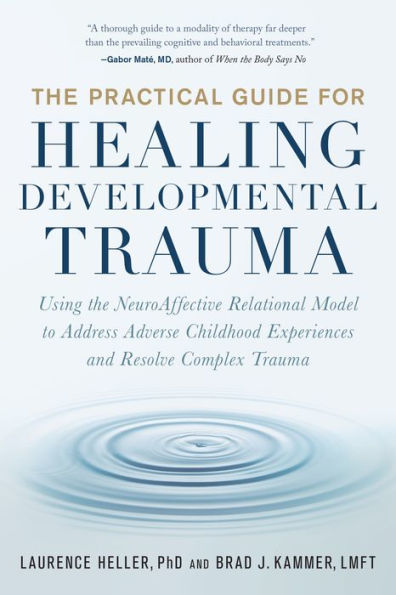5
1

The Practical Guide for Healing Developmental Trauma: Using the NeuroAffective Relational Model to Address Adverse Childhood Experiences and Resolve Complex Trauma
400
The Practical Guide for Healing Developmental Trauma: Using the NeuroAffective Relational Model to Address Adverse Childhood Experiences and Resolve Complex Trauma
400
24.95
In Stock

Product Details
| ISBN-13: | 9781623174538 |
|---|---|
| Publisher: | North Atlantic Books |
| Publication date: | 07/26/2022 |
| Pages: | 400 |
| Sales rank: | 483,514 |
| Product dimensions: | 5.90(w) x 8.70(h) x 1.50(d) |
About the Author
From the B&N Reads Blog
